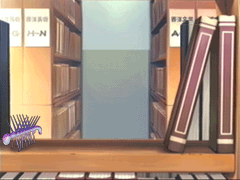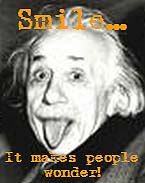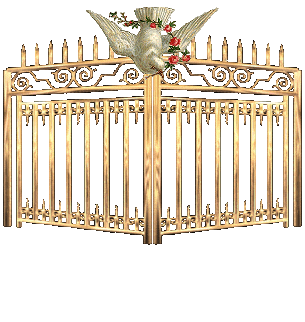Movement of the Joints
Movement of the body's skeleton is made possible by a number of body parts working together including the joints. A hinge joint at the elbow allows the arm to bend and extend. The condylar joint at the knee gives similar movement plus some rotation. Mobile ellipsoid joints between the fingers and palm of the hand allow circular movements but no rotation. Ball-and-socket joints, like the one at the shoulder, give maximum freedom of movement. At the other extreme, plane joints between the toe bones permit only a small degree of gliding movement and the pivot joint between the two cervical vertebrae-the atlas and the axis-merely provides rotation of the head. The saddle joint at the ankle is almost as mobile as the shoulder joint, but rotation is far more limited.
CLICK FOR MORE VIDEOS ON THIS TOPICS==>XXX
Blog Archive
-
▼
2009
(14)
-
▼
February
(13)
- MEDICAL SCHOOL PATHOLOGY.
- Hearing Test-AUDIOMETRY
- COMPREHENSIVE EYES EXAMINATION:Charts,color blind,...
- Skeletal Muscles
- Dissection Anatomy.
- Medical Imaging
- KNEE,ANKLE AND SHOULDER JOINTS LECTURES
- Understanding the Anatomy Behind Clinical Procedures
- Profesor Marian Diamond Education Outreach On Inte...
- Clinical Skill Dermonstration in Audio-Visual
- Body Worlds
- How the Body Works : Control of Involuntary Muscle...
- Human Body Systems And Possible Problems.
-
▼
February
(13)
Subscribe to:
Post Comments (Atom)
Free Tutorials On Pharmacology For Nurses,Medical,Dental And Pharmacy Students. WOW!
To Enjoy N Learn From What You See.
























No comments:
Post a Comment